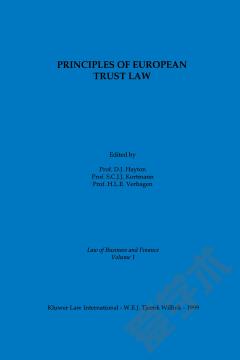The Principle of Mutual Recognition in EU Law
Introduction PART I FRAME OF REFERENCE: MUTUAL RECOGNITION IN THE INTERNAL MARKET CONTEXT 1. The Principle of Mutual Recognition as Judicial Impetus for the Free Movement Provisions 2. The Development of the Principle of Mutual Recognition in the Secondary Legislation 3. The Workability of the Principle of Mutual Recognition in the Internal Market 4. Conclusions on the Principle of Mutual Recognition in the Internal Market PART II MUTUAL RECOGNITION IN THE EU CRIMINAL JUSTICE AREA 5. The Mutual Recognition Principle as Judicial Impetus for a Powerful and EU-Wide Application of the ne bis in idem Principle 6. The Principle of Mutual Recognition as Legislative Impetus for Efficient Judicial Cooperation in Criminal Matters 7. The Workability of the Principle of Mutual Recognition in Criminal Matters 8. Conclusions on the Principle of Mutual Recognition in the EU Criminal Justice Area PART III MUTUAL RECOGNITION FROM A CROSS-POLICY PERSPECTIVE: A SEARCH INTO THE VIABILITY OF THE INTERNAL MARKET ANALOGY 9. The Introduction of the Principle of Mutual Recognition in Two Diverging, but Intertwined, Policy Areas 10. The Mutual Recognition Mechanism: Object, Actors, Mechanism, and Characteristics 11. The Workability of the Principle of Mutual Recognition 12. General Conclusions Bibliography
{{comment.content}}








 京公网安备 11010802027623号
京公网安备 11010802027623号